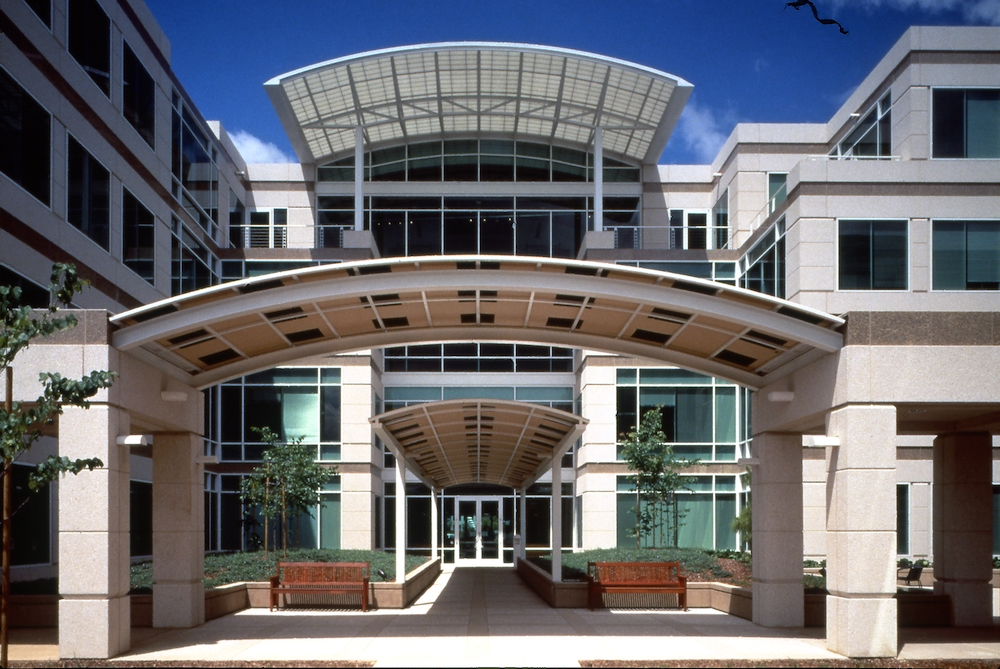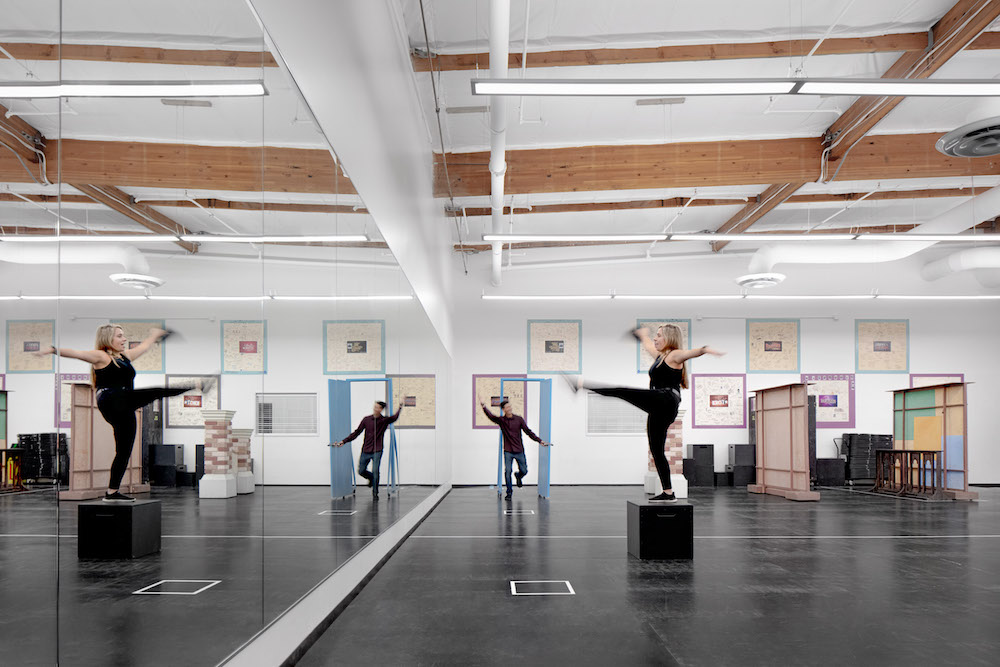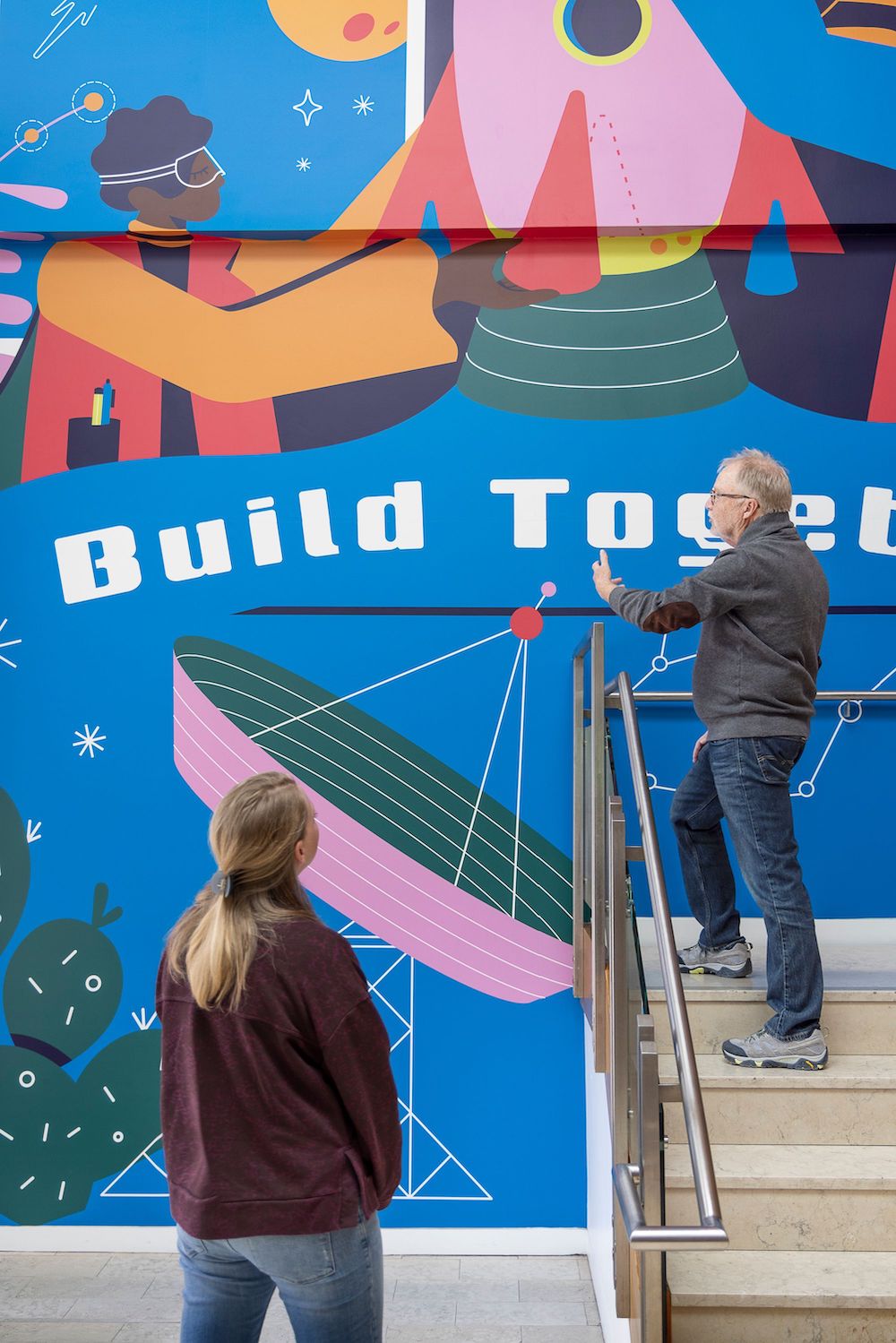Robin Weckesser of a3 Workplace Strategies explores how the return-to-the-office has presented new challenges and opportunities for the future of work.

As the COVID virus still hovers, office occupancy in the country’s 10 largest markets is just 43%. And while most studies show that remote work can be more productive than on-site, employers in the Bay Area and beyond are intent on bringing employees back to the office. Sixty-eight percent of senior managers say they want workers to return full-time, even though most executives continue to work from home.
Workers generally aren’t falling in line without concessions. Rather, they are becoming more emboldened in a very tight labor market. As the Great Resignation continues, a record 4.5 million Americans quit their jobs in March 2022, and one-third said they plan to look for other employment within the next six months. Workers realize they have the upper hand and are now not only expecting new benefits and amenities—often, they are demanding them.
While an air of uncertainty still prevails regarding workplace changes, best practices are emerging, and more employers are recognizing that new solutions–beyond government-mandated protocols—are needed in post-pandemic times. Fortunately, forward-looking companies are discovering that they can tilt the tide of top talent attrition into one of attraction and retention. Indeed, by taking a strategic approach to office transformation, companies can protect their survival and invest in their future.

A New Way of Thinking
Before we provide checklists for developing a post-pandemic workplace, let’s put our narrative in context by looking at the effect of the pandemic on Corporate America. Certainly, the last few years have forever changed the face of offices domestically and internationally.
COVID has affected where we work and how we work. Despite COVID fatigue, we still must be serious about germs. Accordingly, the pre-pandemic accent on office density is gone; gone are packed workstations and crowded conference rooms and cafeterias. Instead, the trend toward a touchless office is gaining traction, with contact-free elevator buttons and bathroom fixtures, key-less entries, and automatic blinds becoming a reality, along with more pre-packaged meals delivered by concierge services.
Of course, key to office transformation will be the role of technology, including iPhone applications, tech help desks, and building automation networks. Also key to success will be enhanced virtual communication for online meetings, etc.
Cultural and Physical Adjustments
While in our view workers are naturally attracted to well-designed and exciting space, recent studies illuminate the need for workplace adjustments that are pragmatic as well as aesthetic. Major areas for companies to consider are corporate culture, branding, amenities, and updated space needs.
Culture
- Just behind salary and related compensation, employees want the ability to work remotely; 78% of those polled want to choose where they work.
- 63% desire flexible scheduling options, and 82% would be willing to make up the extra hours if they could switch to a four-day work week.
- Top priorities for workers include being recognized, being involved in decision-making, and having opportunities for career advancement.
- Overall, workers prefer environments with a progressive culture, including sensitivity regarding women’s needs, generational issues, and DEI (diversity, equality, and inclusion). In this light, more provisions for maternity and child-care needs, as well as pet-friendly facilities, are of greater importance.
- Tied to culture are branding considerations that promote your values to existing and future employees.
Amenities & Space
- More than ever, office-wide connectivity and mobility is a must.
- The physical office composition is more critical than ever. The workplace needs to offer a variety of work settings that support the task at hand. Options include hybrid arrangements, more privacy, as well as open areas for collaboration. New layout considerations often involve updated floor plans and desk re-configuration.
- Air quality is vital. According to the Centers for Disease Control, we spend 80% of our time indoors, where the air is five times more polluted. This begs the need for upgraded HVAC systems and state-of-the-art air filtration and purification systems.
- Bringing the outdoors inside is another consideration. That includes more office greenery and rooftop terraces. Outside spaces for hiking are in demand.
- Natural lighting remains high on the list of priorities, along with sensitivity to noise distractions.
- Since most employees enjoyed not having to commute during the pandemic, the lure of parking accessibility has become more important.
- Comfortable and adjustable furniture are ergonomic considerations.
- Increasingly, companies are looking to hone their competitive edge by exceeding employee expectations. Offerings will of course need to be customized and budget-aligned, since one size doesn’t fit all!

Takeaways
What is our counsel to companies that are ready to embrace change but don’t know where to start?
First, it’s wise to remember that employees are your greatest asset, so listen to what they’re saying to win their loyalty. Then it’s a good idea to review best return-to-work practices in your industry/area and create a focused and strategic plan that takes into consideration what you’ve learned and the tips presented above. To ensure efficient and cost-effective execution, you should also talk to experienced project management advisors who can help meet your unique requirements and roll out a smooth workplace transition plan.
But what about the cost of office transformation? Certainly, many corporations have already been hit hard by the pandemic. Yet what is the alternative if you stick to business as usual? Fortunately, closing your doors doesn’t need to be the outcome. And the silver lining is that studies show an increase in benefits and amenities will translate into an increase in production.
Finally, a word about timing. No one knows how long virus variants will plague us, and no one knows when the labor market will shift—though it’s inevitable that employers will regain leverage at some point, especially if a recession hits.
One thing that’s clear, however, is that a new way of thinking about workplace design will stay with us. The new normal will continue to evolve. Those who don’t adapt will place themselves at enormous risk. In contrast, those who engage their staff and adjust to new realities will likely reap great rewards.
So, as you navigate your journey into the future, be bold, be open, be prudent. And make sure your mission includes a commitment to flexibility and customization.

